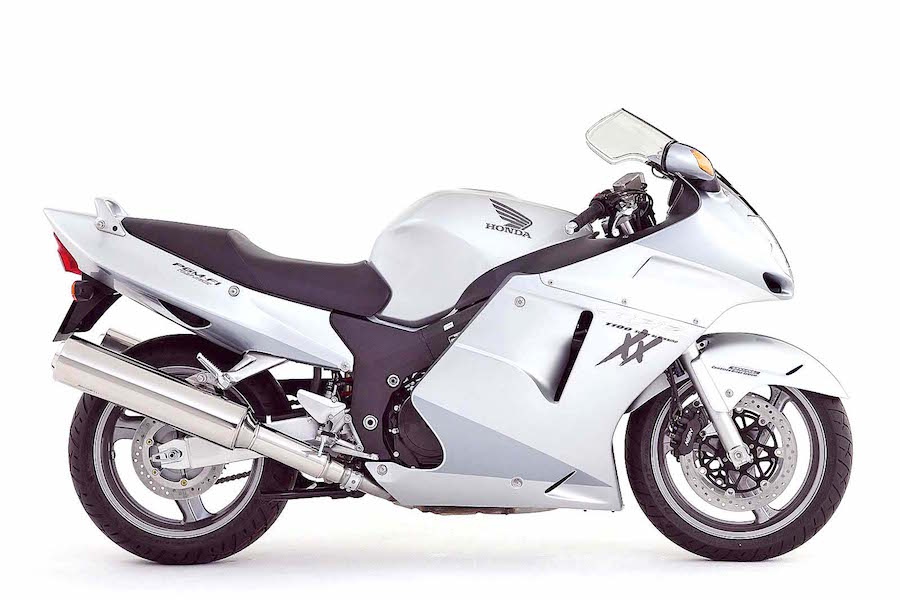The last Honda we reviewed here was the brand’s diminutive CBR250RR baby ’Blade. Now from the opposite end of the CBR scale comes its much bigger brother, the CBR1100XX Super Blackbird – Team Red’s hot sports-tourer.
When launched by Honda in 1997, the Blackbird’s top speed of 280-290km/h made it the fastest production motorcycle available – until it was nudged off the top step in the speed stakes in 1999 when Suzuki unveiled its 1300cc bitumen burner, the GSX-R1300 Hayabusa.
While times and opportunities for fast riding have changed, the Blackbird’s overall competence and rider-friendliness (as well perhaps as an owner’s knowledge of its ultimate performance potential) ensure that it remains a favourite of experienced motorcyclists.
At the heart of the Super Blackbird, housed in the alloy twin-beam frame, is its super-smooth and powerful, 1137cc inline four-cylinder engine. The balancer-shaft-equipped, four-valve, liquid-cooled powerplant is coupled to a slick six-speed gearbox. The maximum claimed power for the Blackbird is a handy 122.3kW (164hp).
While the conventional 43mm cartridge fork and Pro-Link monoshock suspension set-up sounds ordinary, it endows the big Honda with excellent handling.
Honda’s fondness for combined brakes (the front-brake lever gives some rear-wheel braking and the rear-brake pedal gives some front-wheel braking) was showcased successfully on the Blackbird. Realistically, on all but dedicated sportsbikes combined brakes are better 90 per cent of the time. Doubters can take comfort from the fact that during the CBR1100XX’s 12-year model-run the brake set-up became progressively more subtle and less intrusive. Overall the bike’s stoppers are an excellent match for its performance.
Once aboard a Blackbird, although the rider posture is more sportsbike than tourer, the overall comfort levels are excellent for rider and passenger. Its longer wheelbase gives you more space and the seat is plush enough for those 800km days. You’re only conscious of its 223kg (dry) weight at walking pace or when you’re parking it. Its bulk evaporates once you’re underway. Its handling is neutral and stable even on indifferent road surfaces.
For a high-performance bike, the Blackbird is very easy to ride and it’s oh-so versatile. A fine commuter, plodding through urban gridlock, it’s also a great all-day highway tourer. And it will snap at the heels of anything through the mountains. It performs its many roles in a refined and stylish manner.
I remember back in the day a reviewer saying something like: ‘The CBR1100XX is very sensible and utterly insane at the same time.’
Ride a Blackbird like there’s no tomorrow and it will empty the 23-litre tank rapidly. However, in highway-touring mode it’s good for a safe range of 300km-plus. If serious touring is part of your plan, keep your eyes open for an example fitted with Honda’s optional, lockable hard-panniers. They work a treat.
With proper maintenance the CBR1100XX is pretty much indestructible. Well-cared for examples with over 150,000km on the clock can sound and perform like new. So don’t be put off
by a really nice one that’s done a few kays.
A nice first-generation, carburettor-engined Blackbird is a great choice. A mid-range flatspot that irritates demanding owners can be eliminated inexpensively with a carburettor Dynojet kit. There was no such problem once fuel-injection was fitted in 1999. This second-generation model is the fastest of the Blackbirds. The ultimate version, released in 2001, met tougher emission standards by sacrificing a bit off its ‘insane’ top end. But you hardly notice it. It’s easily identified by the digital instruments that replace the traditional round analogue clocks of the earlier models.
If you’re after a wickedly quick, but extremely civilised sports-tourer, with all the peace of mind that’s associated with the Honda brand, the Super Blackbird is your motorcycle.
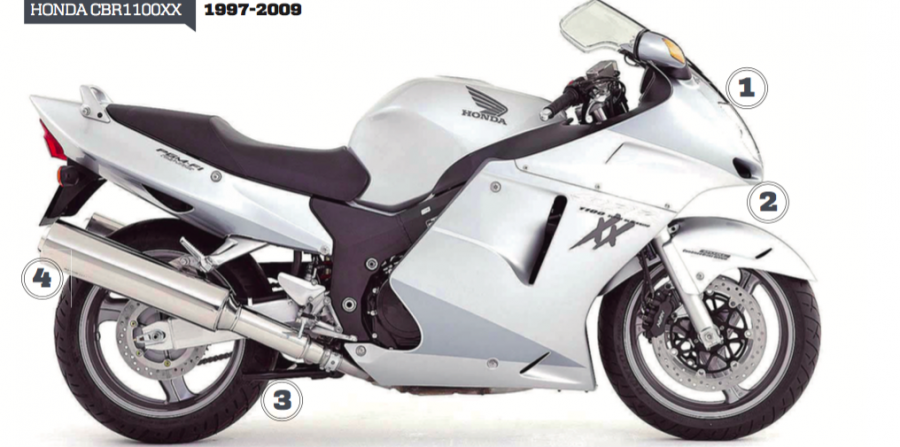
- The distinctive shape of the nose of the Blackbird’s fairing was dictated by the aerodynamic requirements of a motorcycle capable of close to 300km/h.
- Ram-air ducts were a new feature on the 1999 model, designed to boost cylinder filling, and hence power output, once the bike’s speed exceeded 200km/h.
- The widely praised performance of the Blackbird’s linked-brake system demonstrated that Honda’s engineers had mastered the art of applying this set-up to motorcycles.
- Commencing in 2001, the Blackbird’s exhaust system was modified to incorporate a catalytic converter set-up to meet stricter exhaust emission standards.
The Low Down
WHAT TO LOOK FOR
The Blackbird is all Honda – well engineered, well built, and beautifully finished.
Check for regulator/rectifier issues by confirming the alternator is charging. Check that the swingarm isn’t nudging either muffler – evidence of a twisted subframe. And listen for cam-chain noise from the otherwise quiet engine, indicating a worn tensioner.
As always, factor in the cost of consumables like tyres, chain and sprockets, brake pads and discs that will soon need replacing.
A good service record can be more important than the particular bike’s age or kilometres.
SERVICE HISTORY
The CBR1100XX is a reasonably straightforward motorcycle for routine servicing by capable DIY owners. Access to the mechanicals requires the removal of a lot of plastic fairing panels which should be handled with great care to avoid cosmetic damage.
The combined brake system can be demanding, requiring bleeding after pad replacements.
The interval for normal services is 12,000km. Majors at 24,000km include valve clearances and sparkplug replacement.
Price Guide
New
$16,500 (1997)
$18,790 (2009)
Secondhand
$4950 – $7800
Building Bricks
The Blackbird’s forefathers
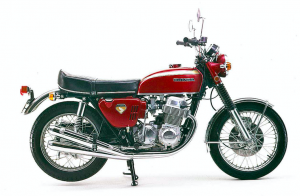
1969 The Honda CB750’s arrival with across-the-frame, four-cylinder power establishes the Japanese brand as a credible supplier of high-performance,
big-bore motorcycles.
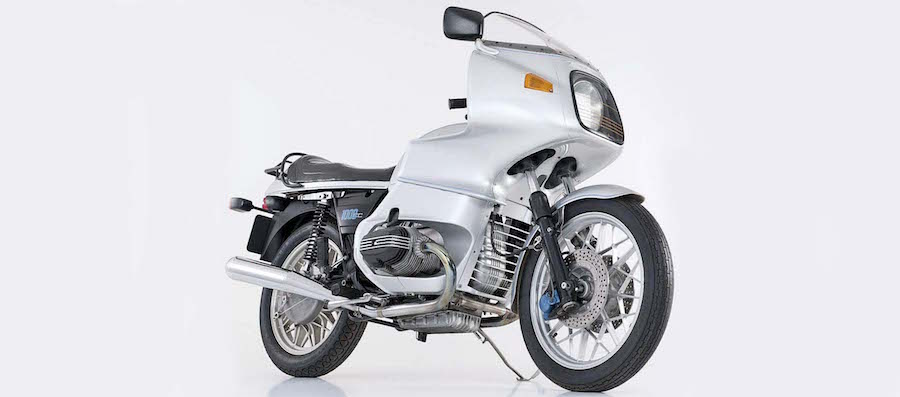
1977 The introduction of the fully faired BMW R 100 RS model with a high-performance engine and capable chassis ushers in a new motorcycle category – the sports-tourer.
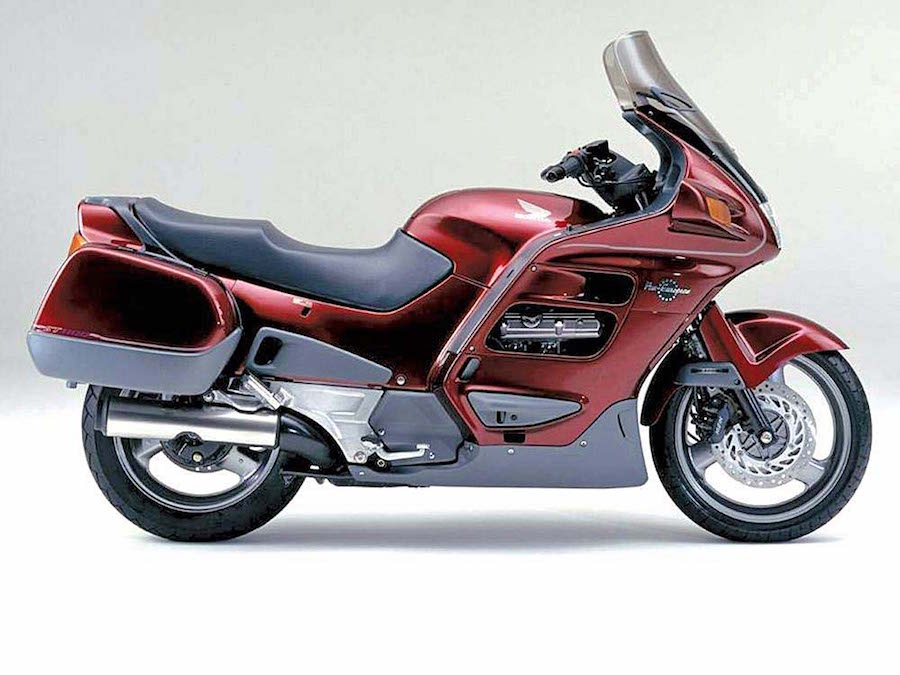
1990 Honda’s purpose-built ST1100 tourer stakes the factory’s claim to a place in the serious touring category, opening the way for the development of a touring stablemate with a sports focus.
WORDS ROB BLACKBOURN
PHOTOGRAPHY AMCN ARCHIVES
